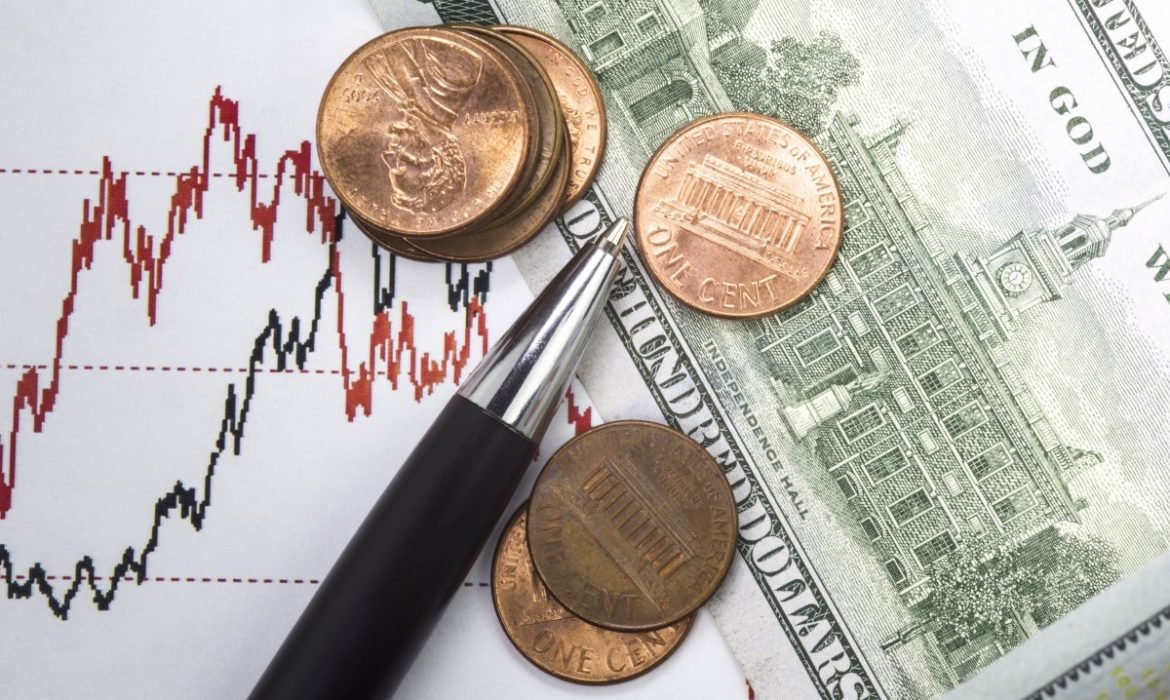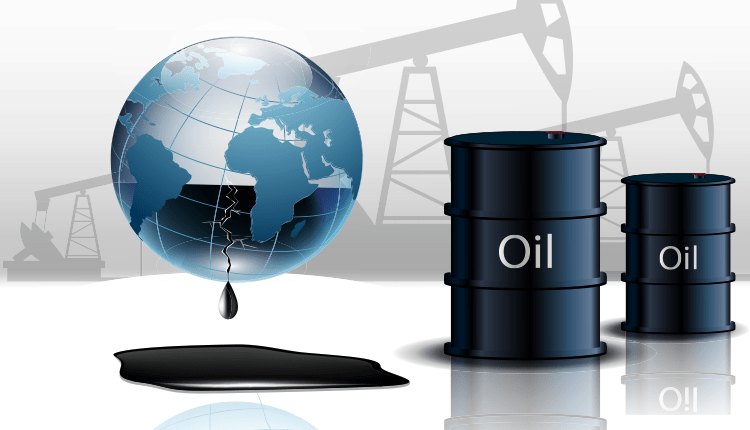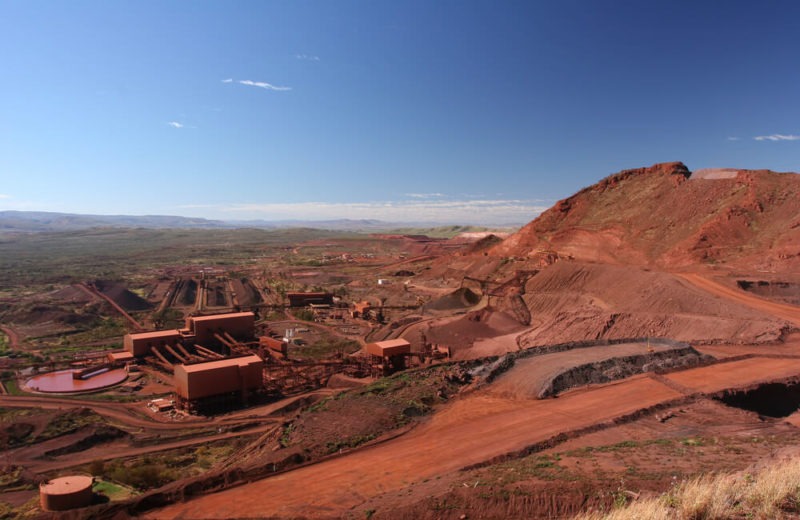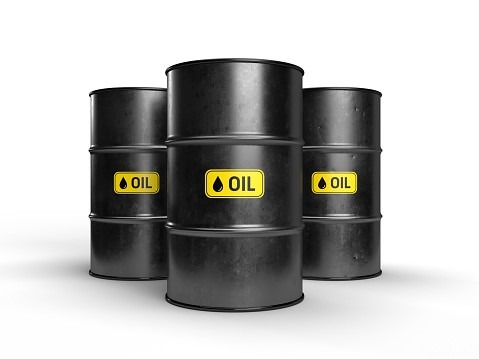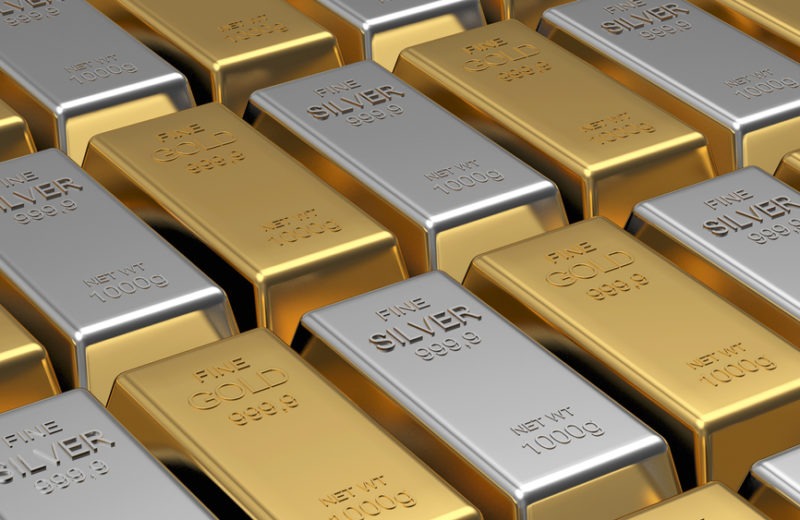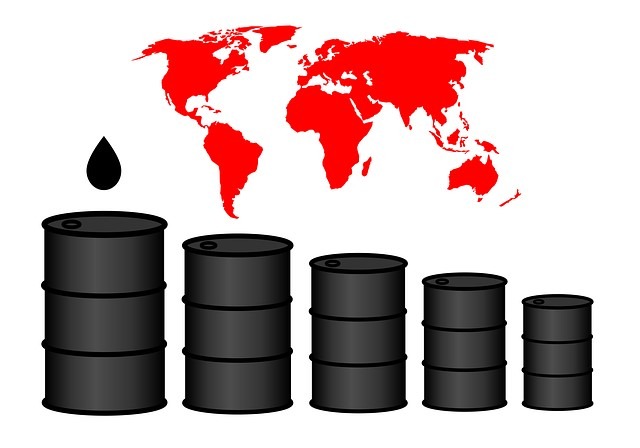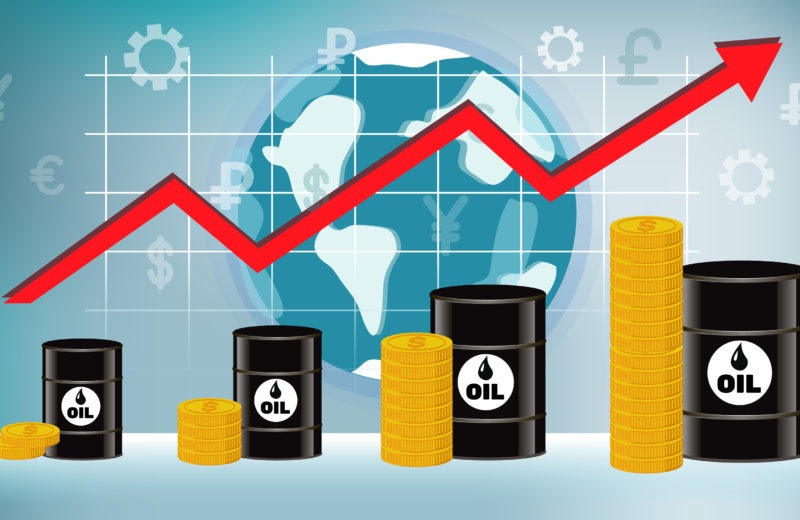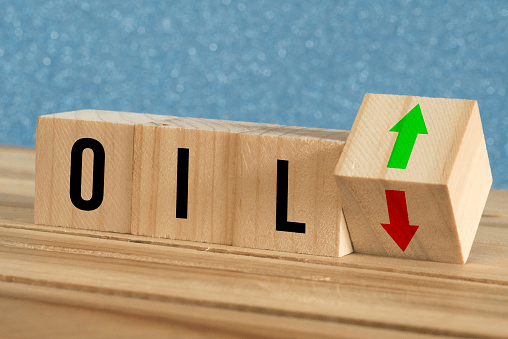Industrial metals sank on Tuesday after a collapse in oil prices agitated markets. It convinced traders that global demand destruction for commodities might be worse than expected.
The spot price of the metal sank by 7.3% to $2.1495 a pound ($4,740 a tonne) during the early afternoon trade in NY. Last month, the metal shortly traded below $2.00. Such levels were last seen during the global financial crisis of 2008-2009.
Instability in the copper prices arose despite the early signs that activity from the top metals consumer, China is beginning to return to normal.
Copper stockpiles in warehouses managed by the Shanghai Futures Exchange plummeted to 303kt from a four-year high above 380kt last month. Inventories in Chinese bonded warehouses also fell.
Chinese refined copper production in March decreased by 2.5% year-on-year to 771kt. It was the lowest number since May last year. Still, output over the first quarter was up slightly from Quarter 1 2019.
Besides, Chinese smelters pumped out more zinc (+4.7%) and led (+2.2%) in March than the same period in 2019.
Price drops on the LME were more subdued – aluminium was down by nearly 1% at $1,490 a tonne, zinc fell 1.7% to $1,914, nickel slipped 2.3% to $12,225, lead dropped 1.5% to $1,663 and tin lost 2.5% to $14,840.
The average price of copper at its worst level since 2016
Copper prices deepened their fall on Tuesday amid the general decline in metals and stocks after the collapse in the oil market. It was caused by the drop in demand and the inability to store crude oil amid the coronavirus pandemic.
Thus, so far this year, the average price of metal accumulates a decrease of 11.68% to US $ 2,50763 a pound. Its the lowest level since the same period in 2016.
With this negative performance, the metal by far erased the gains recorded last week. It had accumulated an advance of 4.27%, registering its most massive weekly increase since mid-December 2019.
Carsten Menke, an analyst at Julius Baer, said that it looks like a typical day of risk aversion. After the recent escalation, you don’t need a big excuse to take profit, he added.
Why copper would not follow the oil route
Mario Marcel, a Chilean economist and the Governor of the Central Bank of Chile, pointed out on Tuesday that oil is linked to activities such as transportation, which has been walloped by the crisis. Instead, copper is associated more with industrial operations that have had a higher degree of continuity. China, an Asian giant, is the leading consumer of the red metal.
Also, there is no war between copper producers that occurs in oil. Therefore, the supply of metal is relatively stable. Still, it changes with significant investments. At the moment, some mines have suspended their activities due to the pandemic, he said.
For the Jefferies Group, an American multinational independent investment bank, the coronavirus has generated a shock in both the demand and the supply of copper. It has allowed the red metal to register a better behavior in contrast to other raw materials.


